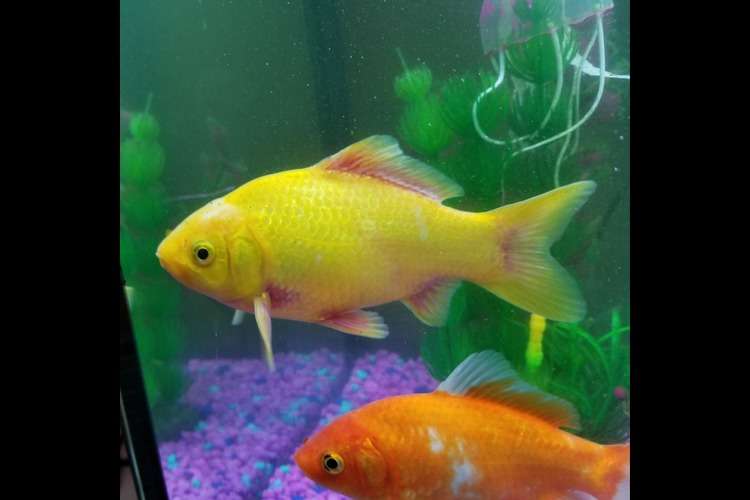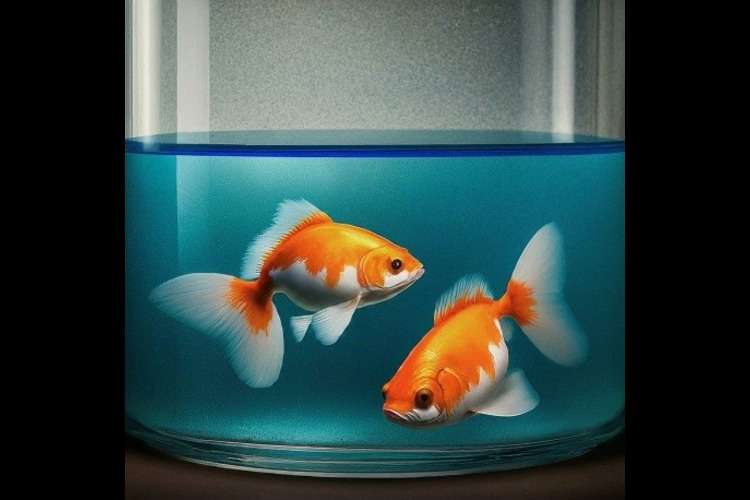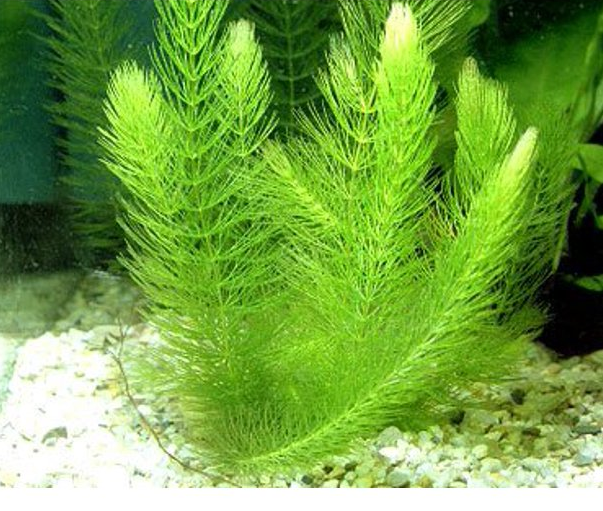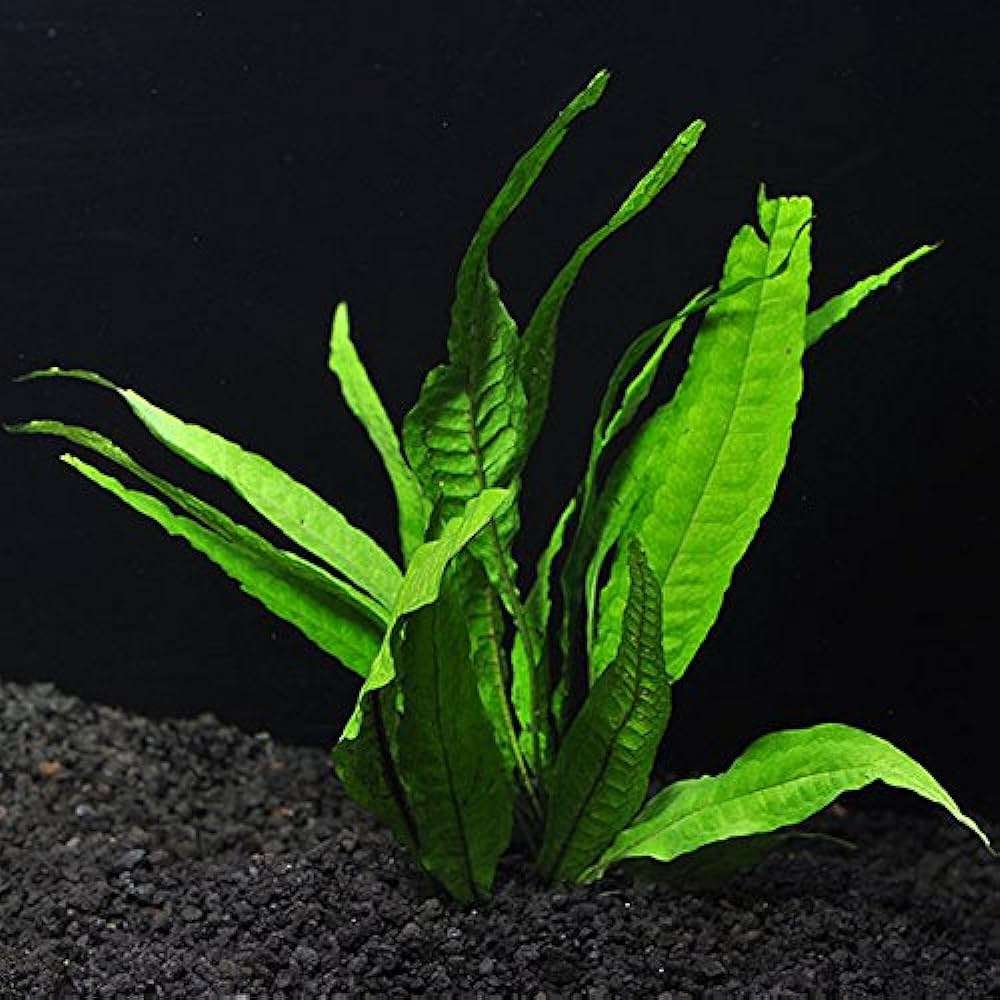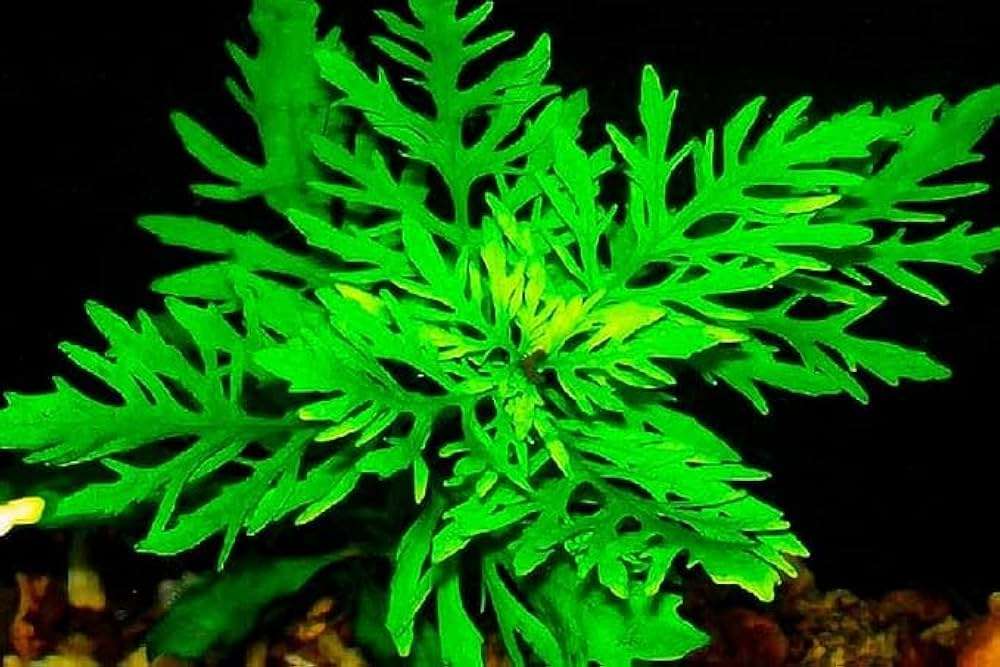Can Freshwater and Saltwater Fish Live Together?
Freshwater and saltwater fish need different water chemistry and habitats. Learn why they can't coexist and explore options for thriving aquatic ecosystems.
Table of Contents
- Understanding Water Chemistry
- Different habitat needs
- Behavioral and Dietary Considerations
- Health Risks and Stress Factors
- Alternative Solutions for Showing Both Types
- Faq
- Conclusion
Aquarists who have the idea of keeping freshwater and saltwater fish in the same tank would seem to achieve a very diverse aquatic environment. While the concept might sound interesting, it is not possible or safe to mix freshwater and saltwater species. Here's a detailed explanation of why freshwater and saltwater species need separate habitats and what might go wrong when they are combined.
Understanding Water Chemistry
The major reason freshwater and saltwater fish cannot live together is due to the difference in the need for water chemistry between the two. Freshwater fish exist in water that contains little to no salinity, while saltwater fish exist in environments that contain high salt concentrations. The amount of salt in the environment plays a significant role in their survival since it affects their osmoregulation, which is the balancing of salt and water within their bodies.
For example:
· Freshwater fish in salted water become dehydrated due to the fact that salt is hygroscopic, hence draws water out of the cells.
· Salted water fish in freshwater have swollen cells because water is going to enter their body trying to balance the salinity.
Neither of them is possible for the fish, hence most of the times causing stress, illness, and even death.
Different habitat needs
Beyond salinity, freshwater and saltwater fish have distinct needs in terms of temperature, pH levels, and water hardness. For example:
· Freshwater fish such as guppies, tetras, or cichlids prefer neutral to slightly acidic water with moderate hardness.
· Saltwater fish like clownfish, tangs, or angelfish require alkaline water with stable salinity, specific mineral content, and consistent conditions that mimic ocean environments.
These competing needs cannot be fulfilled simultaneously in a single tank; in fact, it's dangerous for the health of both species.
Behavioral and Dietary Considerations
Other factors that make it challenging to mix these fish include differences in behavior and diet requirements:
· Freshwater and saltwater fish usually have specific feeding habits, activity levels, and territorial behaviors. Competition for resources or aggressive interaction may arise from these characteristics.
· Some saltwater species may require specialized diets, such as live coral or specific marine foods, which freshwater fish do not consume and vice versa.
These differences further complicate tank management and increase the likelihood of stress or malnourishment.
Health Risks and Stress Factors
Unfavorable water conditions or inappropriate tank mates increase stress in fish. Stress lowers their defense capabilities, and hence, they become even easier targets for pathogens. Additionally, shock is often caused by sudden changes in water chemistry.
Alternative Solutions for Showing Both Types
If you want to appreciate the beauty of both freshwater and saltwater fish, the best solution is to set up separate tanks. Modern aquarium setups allow hobbyists to create stunning displays tailored to each type's needs:
· A freshwater tank can feature lush plants, driftwood, and vibrant species like neon tetras or bettas.
· A saltwater tank can showcase live coral, rock formations, and colorful marine fish like clownfish and wrasses.
With separate tanks, you can create the best conditions for the separate ecosystems in which your fish would thrive and thus live long.
Faq
1. Can freshwater and saltwater fish live together in the same tank?
No, they can't due to different water chemistry and habitat needs.
2. Why do they require different water chemistry?**
Freshwater fish need low salinity, while saltwater fish require high salinity for proper osmoregulation.
3. What happens if they are mixed?
Freshwater fish in saltwater dehydrate, while saltwater fish in freshwater suffer from swelling cells.
4. Do they have different habitat needs?
Yes, they differ in salinity, pH, temperature, and hardness.
5. Can they have the same diet?
No, freshwater and saltwater fish have different dietary needs.
6. What health risks arise from mixing them?
It causes stress, weakening their immune systems and increasing disease risk.
7. How can I enjoy both types?
Set up separate tanks for each type: one freshwater, one saltwater.
8.Are there other fish with similar features?
No, only pufferfish can blink.
8. Is it worth setting up separate tanks?
Yes, to ensure both ecosystems thrive and species remain healthy.
Conclusion
It is not possible to mix freshwater and saltwater fish in the same tank since their environmental and biological requirements differ drastically. In fact, if you try to keep both species together, stress and health problems can result, and sometimes even deaths occur. So, consider individual tanks for each type, thereby fulfilling their different needs. That way, you would have thriving aquatic ecosystems, with the beauty of freshwater and saltwater species respectively.



